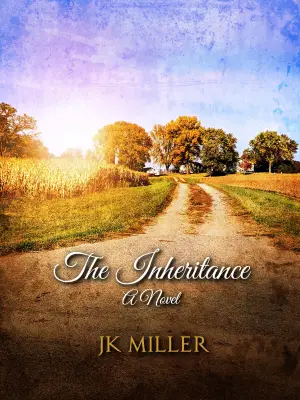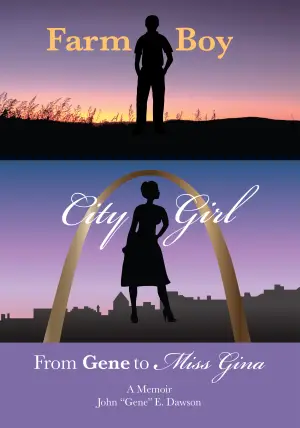A Journey Through Childhood and Revolution: My Experience with Persepolis
As I turned the pages of Marjane Satrapi’s Persepolis: The Story of a Childhood, I found myself captivated not just by her poignant storytelling, but by her ability to weave personal narrative with the larger tapestry of Iranian history. In a world often divided by cultural misunderstanding, Satrapi’s graphic novel invites us into her childhood—one marked by innocence, tumult, and ultimately, resilience.
Born in 1969, Satrapi gives us an intimate glimpse into her life before, during, and after the Iranian Revolution of 1979. The juxtaposition of her youthful curiosity against the backdrop of societal upheaval is striking. Much like Scout Finch in To Kill a Mockingbird, Marjane navigates the loss of innocence with a mature lens, reflecting on her childhood experiences with both humor and heartache. The title, Persepolis, is a nod to her homeland’s ancient greatness, ironic yet fitting, as it underscores the dramatic shift from a time of splendor to one marked by oppression and fear.
Satrapi masterfully explores themes of cultural identity, personal freedom, and the harsh realities of a repressive regime. We see young Marjane learn of her grandfather’s imprisonment under the Shah’s rule—a revelation that initially shatters her sense of security. As I read about her familial discussions punctuated by joy and sorrow, particularly when friends share harrowing tales of torture, I felt the weight of history on her small shoulders. The simplicity of the black-and-white illustrations adds an emotional depth, presenting horrific truths through a child’s understanding. The effect is chilling; the innocence of Marjane’s drawings starkly contrasts with the atrocities they depict, making those moments even more haunting.
One of the most resonant quotes comes from her grandmother, who advises, "In life, you’ll meet a lot of jerks. If they hurt you, tell yourself that it’s because they’re stupid." This wisdom encapsulates the heart of Persepolis—a blend of courage and dignity in the face of adversity. It’s a reminder that oppression does not define us; our individuality and our choices in response to it play a crucial role.
Satrapi’s unique storytelling format, using graphic novel elements, is both accessible and evocative. The pacing, between moments of levity and despair, ensures that readers never feel overwhelmed; rather, each frame offers a new perspective, a fresh insight into her world. This dynamic storytelling invites reflection and empathy, allowing us to connect with Marjane’s journey on a deeply personal level.
As I closed the book, a sense of profound gratitude lingered. Persepolis is not just a coming-of-age story; it’s a testament to the enduring spirit of those who resist oppressive forces. This graphic novel speaks to anyone interested in history, personal identity, or the universality of childhood experiences.
I would recommend Persepolis to anyone yearning for a deeper understanding of Iran beyond the headlines. Whether you are a graphic novel enthusiast, a history buff, or simply someone searching for a heartfelt story, Satrapi’s tale is a journey worth taking. It profoundly impacted my perspective, enriching my understanding of not just a nation, but the resilience of the human spirit.
Discover more about Persepolis. The story of a childhood (Persepolis, #1) on GoodReads >>






